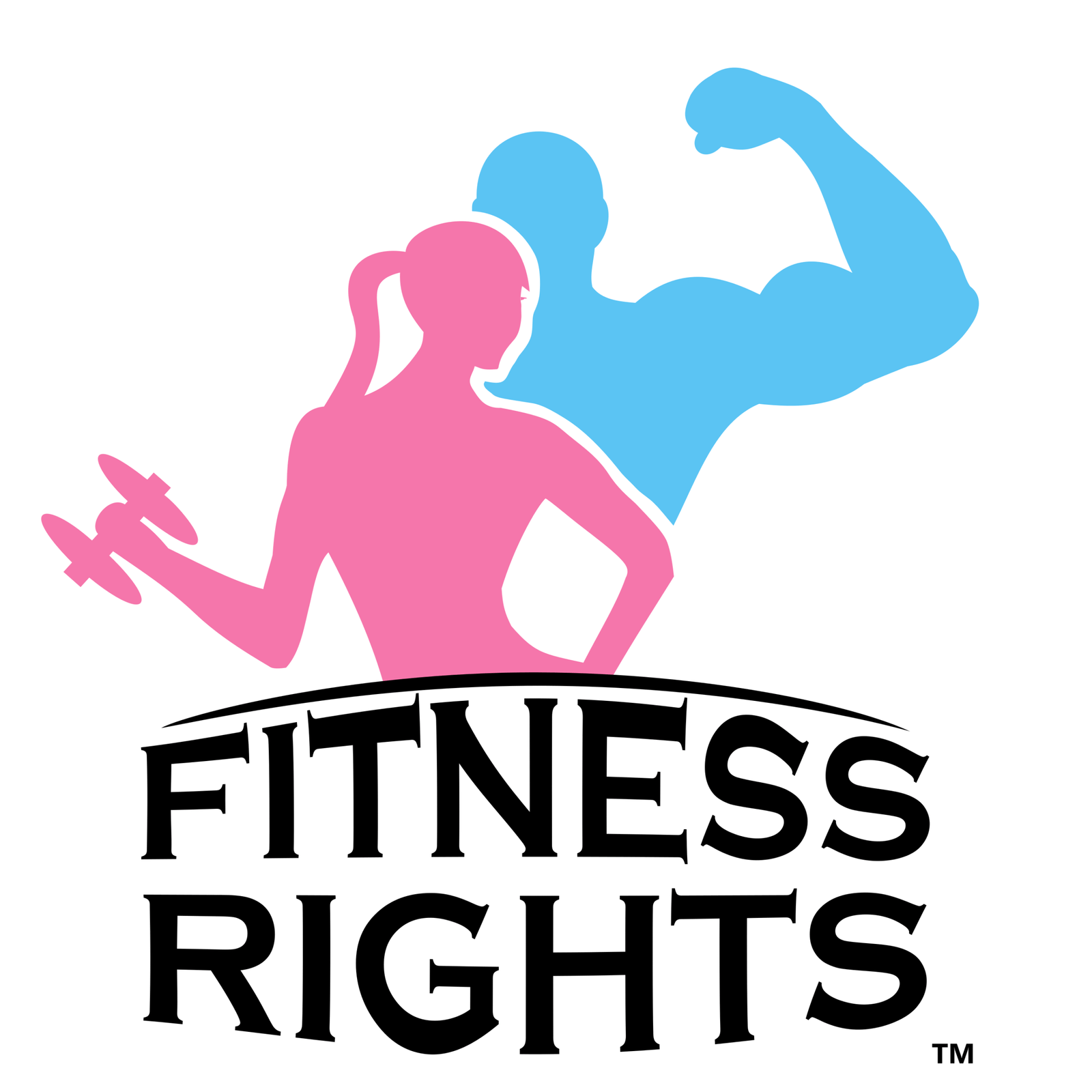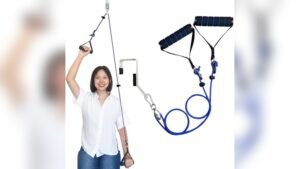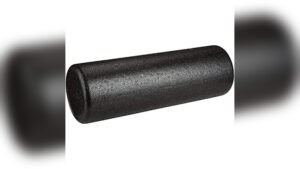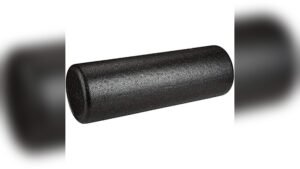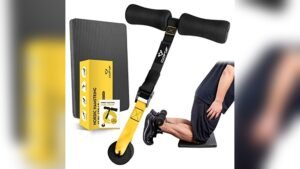Dog agility training is an exhilarating sport that not only strengthens the bond between you and your canine companion but also provides a fantastic outlet for their energy and intelligence. Originating in the late 1970s in England, dog agility has grown into a globally recognized sport, with competitions held worldwide. This guide will walk you through everything you need to know about dog agility training, from the basics to advanced techniques, ensuring you and your dog are well-prepared for the agility course.
Table of Contents
ToggleUnderstanding Dog Agility Training
What is Dog Agility Training?
Dog agility training involves guiding your dog through an obstacle course in a race against the clock. The course typically includes jumps, tunnels, weave poles, and other challenging obstacles. The goal is to complete the course as quickly and accurately as possible. This sport requires a combination of speed, precision, and teamwork between the handler and the dog.
History of Dog Agility
Dog agility made its debut at the Crufts Dog Show in 1978 as a demonstration event. Inspired by equestrian show jumping, the sport quickly gained popularity and evolved into a competitive activity. Today, organizations like the American Kennel Club (AKC) and the United States Dog Agility Association (USDAA) host numerous agility trials, attracting participants from all over the globe.
Getting Started with Dog Agility Training
Choosing the Right Dog for Agility
While any dog can participate in agility training, certain breeds excel due to their physical attributes and high energy levels. Border Collies, Shetland Sheepdogs, and Australian Shepherds are among the top performers in agility competitions. However, with proper training and motivation, dogs of all breeds and sizes can enjoy and succeed in agility.
Essential Equipment for Dog Agility Training
To start agility training, you’ll need some basic equipment. Here are the essentials:
• Jumps: Adjustable bars for dogs to jump over.
• Tunnels: Flexible tunnels for dogs to run through.
• Weave Poles: Poles set in a line for dogs to weave through.
• A-Frame: A-frame structure for climbing.
• Dog Walk: Elevated walkways for balance training.
• Teeter-Totter: Seesaw-like equipment for balance and agility.
• Pause Table: Elevated platform where dogs must pause.
• Tire Jump: Circular jump for dogs to leap through.
For a comprehensive list of dog agility equipment, you can visit Active Dogs and Carlson Agility.
Training Techniques and Tips
Basic Commands and Obedience
Before diving into agility training, ensure your dog has mastered basic obedience commands such as sit, stay, come, and heel. These commands form the foundation for more complex agility maneuvers. Consistent practice and positive reinforcement are key to reinforcing these behaviors.
Introducing Agility Equipment
Start by introducing your dog to each piece of equipment individually. Allow them to explore and become comfortable with the obstacles at their own pace. Use treats and praise to encourage them to interact with the equipment. Gradually increase the difficulty as your dog gains confidence.
Building Confidence and Speed
Once your dog is familiar with the equipment, focus on building their confidence and speed. Use short, fun training sessions to keep them engaged and motivated. Incorporate games and rewards to make the training enjoyable. Remember, patience and consistency are crucial for success.
Advanced Agility Training Techniques
Course Sequencing and Handling Skills
As your dog progresses, start working on course sequencing and handling skills. This involves guiding your dog through a series of obstacles in a specific order. Practice different handling techniques such as front crosses, rear crosses, and blind crosses to improve your dog’s responsiveness and accuracy.
Improving Speed and Precision
To enhance your dog’s speed and precision, incorporate drills that focus on specific skills. For example, practice weave pole entries and exits, tight turns, and quick transitions between obstacles. Use a stopwatch to track your dog’s progress and set achievable goals for improvement.
Common Challenges and Solutions
Overcoming Fear and Anxiety
Some dogs may initially feel anxious or fearful when faced with new obstacles. To overcome this, create a positive and supportive training environment. Use treats, toys, and praise to build your dog’s confidence. Gradually increase the difficulty level and celebrate small victories along the way.
Dealing with Distractions
Agility training often takes place in environments with various distractions. To help your dog stay focused, practice in different locations and gradually introduce distractions. Use high-value rewards to reinforce their attention and maintain a strong bond during training sessions.
Competing in Dog Agility Trials
Preparing for Competitions
Before entering a competition, ensure your dog is well-prepared and confident on the agility course. Practice regularly and simulate trial conditions to familiarize your dog with the environment. Attend local agility events to observe and learn from experienced handlers.
Understanding Agility Trial Rules
Each agility organization has its own set of rules and regulations. Familiarize yourself with the specific rules of the organization hosting the trial. Pay attention to course design, scoring criteria, and time limits. Understanding the rules will help you navigate the competition smoothly.
Health and Safety Considerations
Physical Fitness and Conditioning
Agility training is physically demanding for both the dog and the handler. Ensure your dog is in good health and maintains a proper fitness level. Regular exercise, a balanced diet, and routine veterinary check-ups are essential for their well-being.
Preventing Injuries
To prevent injuries, warm up your dog before each training session and cool down afterward. Avoid overtraining and provide ample rest between sessions. Monitor your dog’s movements and watch for signs of fatigue or discomfort. If any issues arise, consult a veterinarian promptly.
Building a Strong Bond with Your Dog
Positive Reinforcement and Motivation
Positive reinforcement is the cornerstone of successful agility training. Use treats, toys, and praise to reward your dog’s efforts. Keep training sessions short and enjoyable to maintain their enthusiasm. Celebrate achievements and make training a fun and rewarding experience.
Effective Communication and Trust
Clear communication and trust are vital in agility training. Use consistent cues and body language to guide your dog through the course. Build a strong bond based on mutual respect and understanding. Trust your dog’s abilities and provide them with the support they need to succeed.
Relevant Data Table for Dog Agility Equipment List
| Equipment Name | Description | Price Range |
| Jumps | Adjustable bars for dogs to jump over | $20 – $100 |
| Tunnels | Flexible tunnels for dogs to run through | $30 – $150 |
| Weave Poles | Poles set in a line for dogs to weave through | $40 – $120 |
| A-Frame | A-frame structure for climbing | $200 – $500 |
| Dog Walk | Elevated walkways for balance training | $150 – $400 |
| Teeter-Totter | Seesaw-like equipment for balance and agility | $100 – $300 |
| Pause Table | Elevated platform where dogs must pause | $50 – $200 |
| Tire Jump | Circular jump for dogs to leap through | $40 – $150 |
FAQs
Q1: What is the best age to start agility training for dogs?
The ideal age to start agility training varies depending on the dog’s breed, size, and physical development. Generally, puppies can begin basic training and socialization as early as 8 weeks old. However, formal agility training should wait until the dog is at least 12 to 18 months old. This allows their bones and joints to develop fully, reducing the risk of injury. Consult with your veterinarian to determine the best time to start agility training for your specific dog.
Q2: How often should agility training be conducted?
The frequency of agility training sessions depends on your dog’s age, fitness level, and experience. For beginners, 2 to 3 short sessions per week are sufficient to build a foundation. As your dog progresses, you can increase the frequency to 4 to 5 sessions per week. Each session should last between 15 to 30 minutes to keep your dog engaged and prevent fatigue. Always monitor your dog’s energy levels and adjust the training schedule accordingly.
Q3: Can all dog breeds participate in agility training?
Yes, dogs of all breeds and sizes can participate in agility training. While certain breeds like Border Collies and Shetland Sheepdogs are known for their agility prowess, any dog with the right motivation and training can excel in the sport. It’s important to tailor the training to your dog’s individual needs and abilities. Smaller breeds may require lower jumps, while larger breeds may need more time to build strength and coordination.
Q4: What are the benefits of agility training for dogs?
Agility training offers numerous benefits for dogs, including:
• Physical Exercise: Agility training provides a full-body workout, improving strength, endurance, and overall fitness.
• Mental Stimulation: Navigating the agility course challenges your dog’s problem-solving skills and keeps their mind sharp.
• Bonding: Working together on the agility course strengthens the bond between you and your dog, fostering trust and communication.
• Confidence Building: Successfully completing obstacles boosts your dog’s confidence and self-esteem.
• Behavior Improvement: Agility training can help reduce behavioral issues by providing an outlet for excess energy and promoting focus and discipline.
Q5: Do I need professional training to start agility with my dog?
While professional training can be beneficial, it’s not a requirement to start agility training with your dog. Many resources, including online tutorials, books, and local agility clubs, can provide guidance and support. If you’re new to agility, consider attending a few classes or workshops to learn the basics and gain confidence. As you and your dog progress, you can decide whether to continue training on your own or seek professional instruction.
Conclusion
Dog agility training is a rewarding and enjoyable activity that offers numerous benefits for both you and your canine companion. From building physical fitness and mental agility to strengthening your bond, agility training is a fantastic way to engage with your dog. With the right equipment, training techniques, and a positive attitude, you and your dog can excel in the exciting world of dog agility.
Posts References:
Dog Agility Equipment for Course Training – ActiveDogs
Dog Training Equipment: Deciding Where To Start – Carlson Agility
